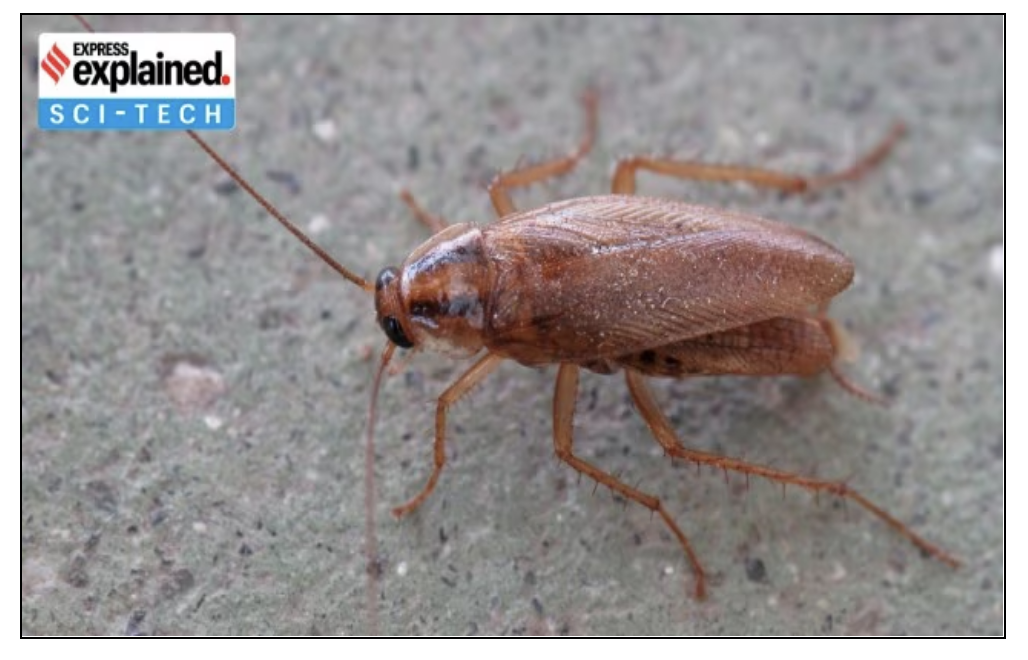News Excerpt:
The German cockroach is the most widespread roach of all roachkind. A recent study reconstructed its origins and charted its unstoppable rise.

German cockroach’s Impressive skill
- Cockroaches can move incredibly fast, they can make themselves totally flat in order to squeeze through tiny cracks, and their feet are equipped with special adhesive organs, as well as claws, that enable them to climb even smooth vertical surfaces.
- Cockroaches are incredibly resilient. A roach’s carapace is capable of resisting 900 times its body weight, which makes it virtually unsquashable.
- Even most insecticides have little effect on them and this is a big problem, because cockroaches act as vectors for a great many bacteria, viruses and fungi.
- They can trigger allergies and cause diarrhea, colitis, hepatitis A, anthrax, salmonella and tuberculosis.
- Cockroaches can also spread foot-and-mouth disease.
German cockroach’s triumph:
- The German cockroach (Blattella germanica) is the most widely found cockroach species around the world, present on every single continent.
- It is an unwelcome companion in human habitation, preferring dark and damp places, and can grow up to 2 centimeters (0.8 inches) long.
- The German cockroach is nocturnally active and does not live in the wild.
- The species was first classified by the Swedish naturalist in 1776, shortly after the Seven Years War, when he collected specimens from Germany, hence the name "German cockroach."
- A team led by the National University of Singapore reconstructed the cockroach's lineage by studying and comparing the DNA sequences of 281 cockroaches from 17 countries across five continents.
South Asia origins
- The German cockroach evolved from the Asian cockroach (Blattella asahinai) about 2,100 years ago.
- The two species (German cockroach and Asian cockroach) are still very similar today. According to the researchers, the insects originally adapted to human settlements in India and Myanmar.
- From their South Asian origins, the German cockroach spread westward along two main routes:
- Around 1,200 years ago, it benefited from the economic and military spread of Islam.
- Around 400 years ago, it likely benefited from European colonialism, particularly the expansion of Britain and the Netherlands.
- As late as the first half of the 18th century, the German cockroach was still mostly contained within Asia, indicating its South Asian origins.
German cockroach flourishes
- The roaches found ideal conditions in houses that had heating and internal plumbing. The mortality rate of these cold-sensitive insects therefore dropped significantly, even in chillier regions.
- The rise of human civilization and urban environments triggered the evolution and spread of commensal species like the German cockroach, which adapted to these environments.
- German cockroaches thrive in damp and warm buildings, as the only thing they don't tolerate well is dryness. In modern houses without damp corners, they quickly die of thirst.
- German cockroaches are particularly resistant to insecticides compared to other roach species.
- Resistance to one insecticide can lead to immunity to others within a single generation,
- The surviving roaches can rebuild the entire population.
- The short lifespan of cockroaches (about 3 months on average) facilitates the rapid development of immunity, as resistant genes are quickly passed on to the next generation.


